✎ Juan Pablo Rodríguez Malaver
✎ Camilo Alméciga
The sara
Heliconius saraOrinoquia region
RECORRIDO VIRTUAL POR LA BIODIVERSIDAD DE COLOMBIA
Museo de Historia Natural
Universidad Nacional de Colombia
The sara
Heliconius sara
Morpho-functionality
Mouth
The lip palps of aduts allows it to carry pollen grains and feed them while you its flying.
Wings
Its two pairs of wings are used in thermoregulation, courtship and signaling.
Coloration
The scales on their wings have a series of longitudinal edges that alter the reflection of light, generating the colors that are seen in the field.
Lifecycle
The females come together to lay 15 to 40 eggs on the sprouts of host plants of the Passiflora. Their eggs are 1.1 mm high by 0.7 mm wide and are yellow. The larvae are migratory, which means, they travel from one plant to another. They have a yellow body with black bands and a black head. The pupa is a pale cream color with black spines and black veins on the wing pads, the antennae are short and have golden spots. In this species development takes about 35 days and as adults they live for several months.
The sara
Distribution
They have wide distribution in the Neotropics from southern Mexico to northern Bolivia and Paraguay. They are distributed altitudinally from 0 to 1200 m, preferably at the edges of the forest.
Distribution area




